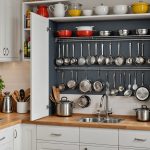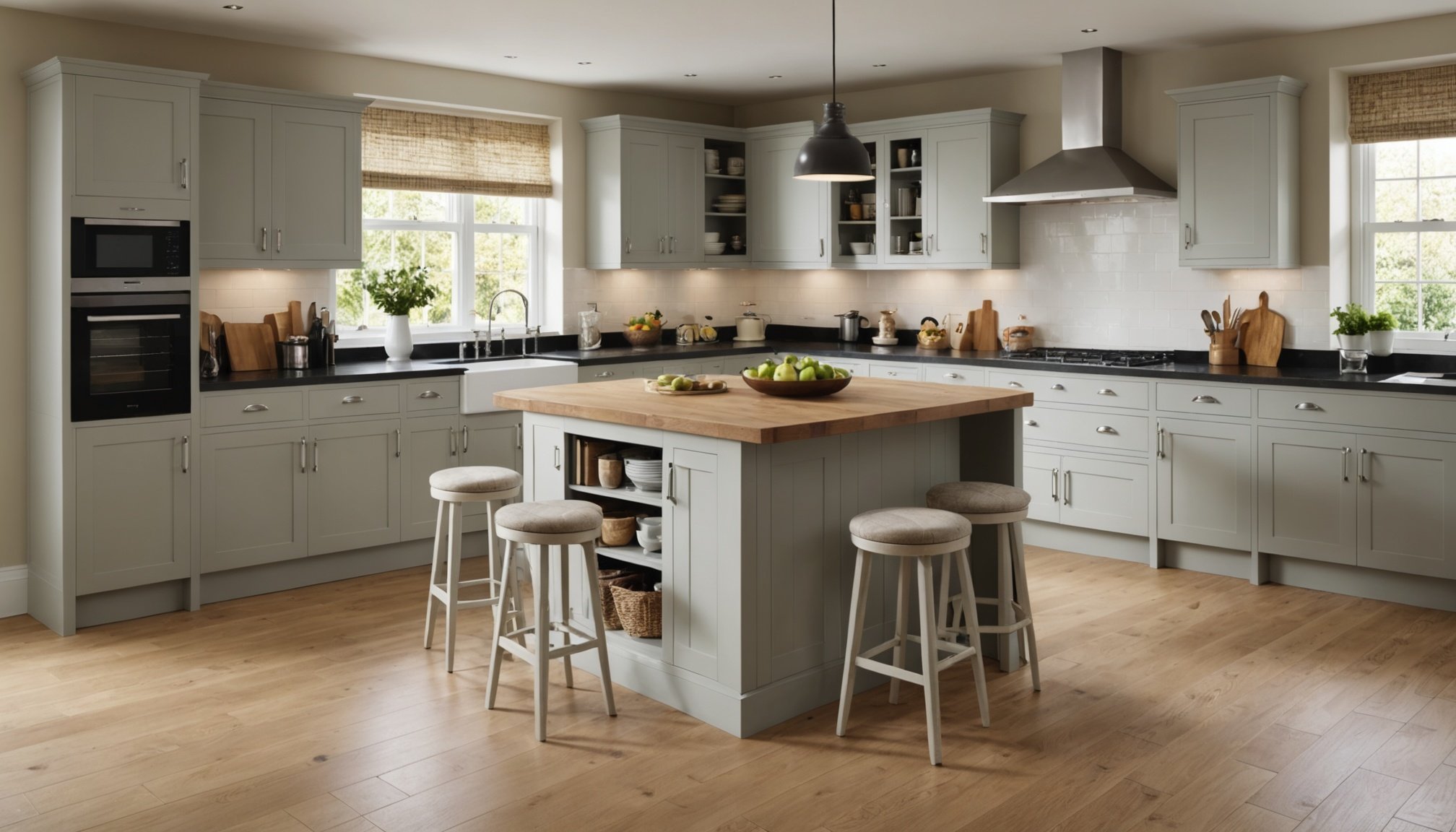Choosing the right fabrics and textiles for your home’s heart—the kitchen—can be a daunting task. With countless options in terms of design, durability, and feel, selecting the perfect upholstery or curtains can seem overwhelming. This comprehensive guide aims to arm you with the knowledge and best practices for selecting kitchen fabrics in the UK. Whether it’s a new sofa, chic curtains, or a practical tablecloth, understanding your options can help you make informed decisions for a stylish and functional kitchen space.
Understanding Fabric Types for Kitchen Use
When discussing kitchen fabrics, it’s pivotal to consider the specific needs and environment of this bustling room. Kitchens are often subject to spills, stains, and frequent wear, so durability is key.
Additional reading : How can I effectively plan a kitchen remodel to increase my home’s value in the UK?
Cotton
Cotton remains a favourite for kitchen use due to its natural appeal and versatility. Known for its softness, this fabric provides a comfortable feel, making it ideal for curtains or casual dining setups. Cotton is also breathable and easy to clean, which is essential in a kitchen environment. However, it can be prone to fading and wrinkling, so do consider its placement and exposure to direct sunlight.
Linen
Linen, derived from the flax plant, is celebrated for its luxurious feel and natural durability. It drapes elegantly, making it a popular choice for table linens and high-end curtains. Linen’s unique texture can add a touch of sophistication to your kitchen. While it’s quite durable, it tends to wrinkle easily and may not withstand heavy-duty use as well as synthetic counterparts.
In parallel : How do I integrate my UK kitchen with my home automation system?
Polyester
For those seeking low-maintenance options, polyester offers excellent durability and resistance to wrinkles, stains, and fading. It’s an ideal choice for areas prone to spills and heavy usage, such as upholstery or kitchen seat cushions. Polyester blends provide the advantage of combining the aesthetics of natural fibers with the durability of synthetics.
Velvet
While velvet might not be the go-to for kitchens due to its rich texture and maintenance demands, it can add a touch of luxury to adjacent dining spaces. Its aesthetic appeal is unmatched, and with the right care, velvet can complement the overall kitchen design. Choose wisely where velvet is concerned; reserve it for areas where its risks won’t outweigh its glamour.
Matching Fabrics with Kitchen Design
Every kitchen tells a story, and the fabrics you choose play a significant role in this narrative. Aligning fabric choices with your kitchen’s design and overall aesthetic can transform the space from ordinary to extraordinary.
Patterns and Colors
When incorporating patterns, it’s crucial to balance vibrancy with subtlety. Bold patterns can invigorate a neutral kitchen, while softer tones may harmonize a more eclectic space. Think about the colors of your cabinets, walls, and appliances when selecting fabrics. The interplay of patterns and colors can create a unified and inviting atmosphere.
Complementing Furniture
Consider how your chosen textiles will interact with existing furniture. For instance, if your sofa features solid colors, opt for patterned throw pillows or a blanket in coordinating colors to create visual interest. Conversely, if your furniture is already patterned, choose solid-colored textiles to avoid overwhelming the space.
Creating Zones
In open-plan kitchens, fabrics can help define different zones. Use area rugs, different curtains, or distinct tablecloths to delineate cooking areas from dining or lounging spaces. This approach not only enhances functionality but also adds depth to your kitchen’s design.
Durability: Key Considerations for Kitchen Fabrics
When it comes to kitchen textiles, durability is paramount. High-traffic areas require materials that can withstand the rigors of everyday use, ensuring longevity and sustained aesthetic appeal.
Stain Resistance
In the kitchen, spills are inevitable. Opt for fabrics treated with stain-resistant coatings, or choose materials naturally resistant to staining, such as polyester or treated cotton. These fabrics will not only maintain their appearance but also reduce cleaning time.
Longevity
Consider the lifespan of your textiles. While linen and cotton offer a timeless feel, their longevity might be compromised with excessive washing or sun exposure. Polyester and blends often offer longer lifespans without sacrificing appearance.
Maintenance
Easy-care fabrics are essential for busy households. Look for options that are machine washable and quick to dry. Regular washing can help maintain the hygiene and freshness of kitchen fabrics, an important factor for items like dishtowels and seat covers.
Wear and Tear
Evaluate how fabrics will cope with daily wear, especially if you have pets or children. Reinforced seams, robust fabric weight, and quality stitching can make all the difference in withstanding the wear and tear of a busy home.
Selecting the right kitchen fabrics is an art that balances design, durability, and functionality. By choosing the appropriate materials, you not only enhance the aesthetics of your kitchen but also ensure it remains a practical and inviting space. Remember, the right fabric choices can elevate your kitchen from a mere cooking area to a cherished hub of home life. As you consider curtains, upholstery, or tablecloths, let your personal taste and lifestyle guide your selections. By adhering to these best practices, you can create a kitchen atmosphere that’s as stunning as it is durable.











